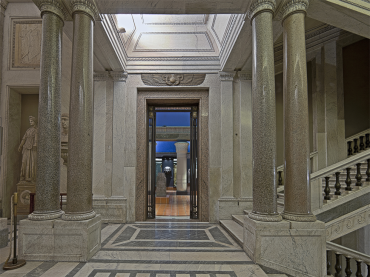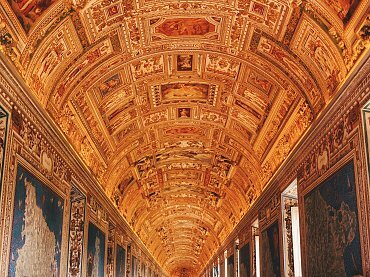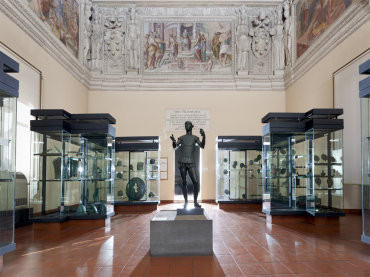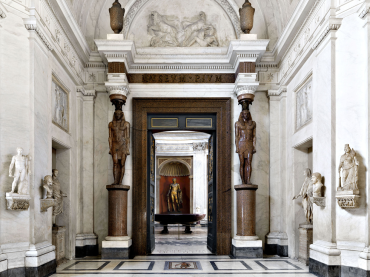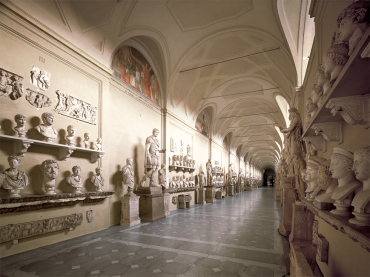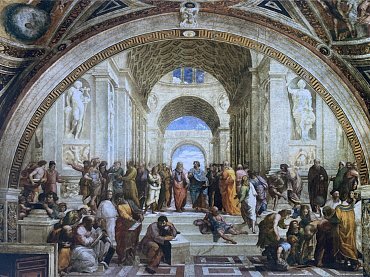Size: 0.99 MB
The Vatican Museums
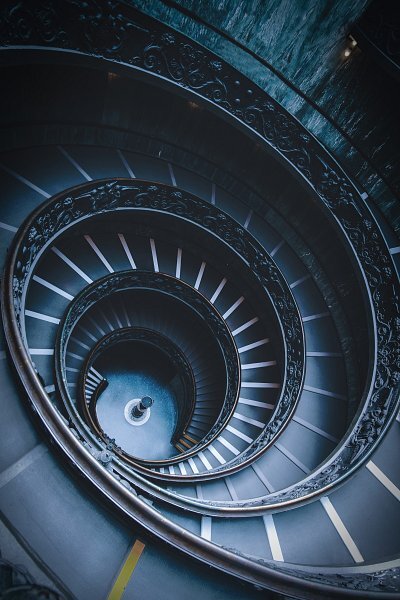
The History of Vatican Museum
By mid-morning, the long line that skirts the Vatican's fortified walls has already reached Leo IV Street. Despite the fact that we
proceeding with a certain speed, the queue shows no sign of abating: new tourists - faces and languages from all over the world - are neatly waiting for their turn to enter the sanctuary of art that is the Vatican Museums.
Mistakenly identified by "hit-and-run" tourism with Raphael's Rooms and Michelangelo's frescoes in the Sistine Chapel, in reality the Vatican Museums offer miles of wide-ranging historical, artistic and cultural itineraries of
great interest: from Egyptian art to contemporary graphics, via ancient statuary, Italian painting of the last seven hundred years to, why not, papal carriages. Compact masses of visitors point resolutely toward the Sistine, rarely allowing themselves to be tempted by some unforeseen detour, but if this happens the lucky tourist will be able to enjoy the Pinacoteca in peace, pause in front of masterpieces by Giotto, Leonardo and Caravaggio, or visit almost
in complete solitude the collection of Etruscan art, one of the most important in the world for its richness and completeness.
The history of the Vatican Museums is intrinsically linked to two factors: the will of successive pontiffs over the past five hundred years and the architectural vicissitudes of the Vatican Palaces. Important works of expansion and modernization of the
complex date back to the mid-15th century, when the Vatican became the pontiff's official residence, and continued throughout the century with the founding of the Vatican Library and the construction of the Sistine Chapel.
The first space designed specifically for the display of works of art was strongly desired by Julius II: in 1503 the pope commissioned architect Donato Bramante to undertake substantial interventions, including the construction of the grandiose Belvedere Courtyard
and the adjoining courtyard of the Statues. On the sides of the latter, within large niches, the papal collection of ancient statuary was displayed, which included such masterpieces as the Laocoon and the Apollo of the Belvedere. Open to an audience of artists, men of letters and lovers of the classical world, the Statue Courtyard was thus the first room of what today go by the name of the Vatican Museums.
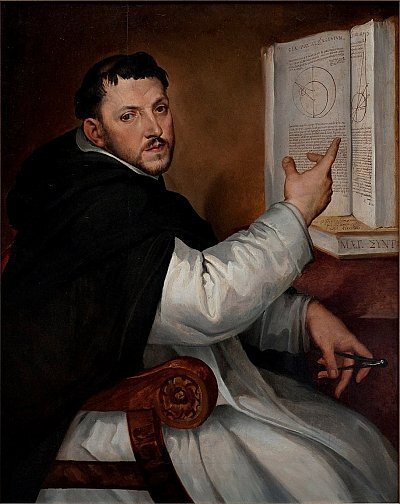 Ignazio Danti
Ignazio Danti
Source: MuseiVaticani.va
There was a substantial increase in collections between the eighteenth and nineteenth centuries, at the time of what we might call the "marble rush," an archaeological version of the gold rush, animated by the same unbridled desire for accumulation. The need to protect the very rich artistic heritage, seriously threatened by illegal excavations and illegal exports, led the popes to set up new museum spaces for ancient statuary, such as the Museo Pio Clementino and the Museo Chiaramonti set up by Antonio Canova.
There was also no lack of strict legislation: for example, Cardinal Pacca's edict of 1820 regulated excavations
archaeology and guaranteed public collections a kind of right of first refusal on the finds brought to light. Thanks to the implementation of these regulations, the extensive excavation campaigns conducted in the early 19th century in southern Etruria, at the time
an integral part of the Papal States, provided the valuable materials for the Gregorian Etruscan Museum, which opened in 1837.
And shortly thereafter, in 1839, in the wake of the interest aroused throughout Europe by the expeditions along the Nile and Frenchman Champollion's studies of hieroglyphic writing, the Gregorian Egyptian Museum was also opened.
Having lost the territorial jurisdiction of the Papal State in 1870, and thus also the possibility of exercising the constraints of protection, the Vatican Museums were mainly concerned with the reorganization of the heritage accumulated over the centuries. The opening of the present Pinacoteca, inaugurated in 1932, dates back to this phase. The attention paid to the missionary world and to the modern evangelization function of the Church also led to the foundation during the twentieth century of collections
peculiar such as the Missionary-Ethnological Museum and the Contemporary Art Collection.
Whichever route one chooses, a visit to the Vatican Museums ends in spectacular fashion: passing through a small door one enters the grandiose space of the Sistine Chapel, the sanctum sanctorum of Italian Renaissance painting. Built
by Sixtus IV and frescoed by the most highly regarded artists of the second half of the 15th century, the chapel is best known to the general public for Michelangelo's frescoes.
Eyes wander rapturously from one scene to another of the stories of Moses and Christ, painted on the walls by Perugino and
Botticelli, and linger at length over the monumental Michelangelo-esque figures frescoed on the vault, which, after recent restoration, have regained the extraordinary iridescent colors of yesteryear. Unfortunately, the menacing Christ painted by Michelangelo
in the Last Judgment fails to impose due silence among the many, too many tourists who crowd inside the famous chapel every day.
Explore the Vatican Museums
Gregorian Egyptian Museum
The Gregorian Egyptian Museum, established through the efforts of Pope Gregory XVI in 1839, spans ac...
Begin visitThe Map Gallery
The Map Gallery is an unparalleled synthesis of modern geography and papal interpretation of Church...
Begin visitGregorian Etruscan Museum
Including antique pieces in bronze, glass, terracotta, ivory, and ceramics from Rome and Latium alon...
Begin visit
